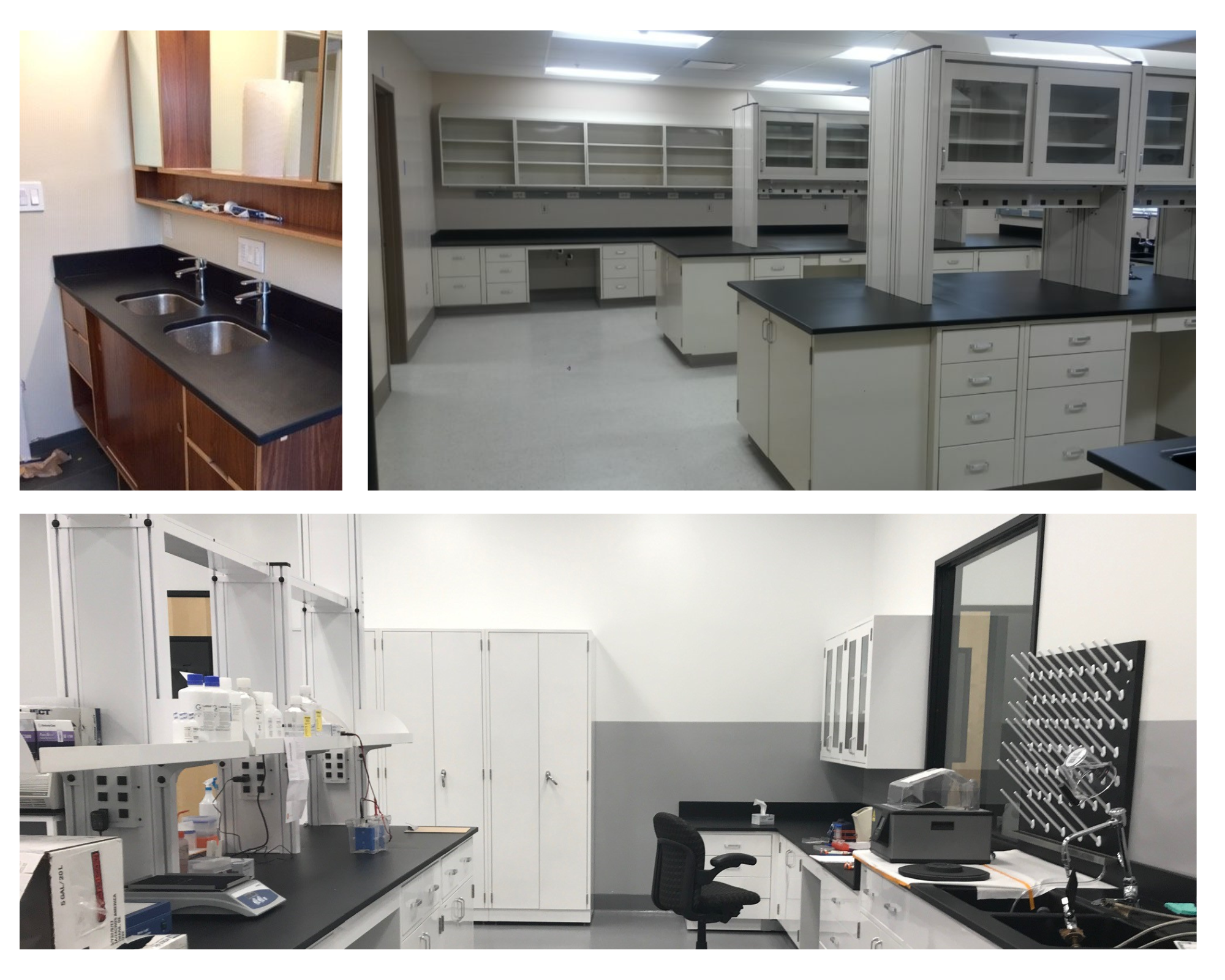Whether you’re setting up a commercial laboratory, a classroom lab, or something in between, navigating the options you have can sometimes be confusing. And in planning your laboratory, one of the most crucial decisions you will make is deciding between epoxy resin and phenolic resin as surfaces. A comparison of epoxy resin tables and phenolic resin tables as outlined below may help you decide which is appropriate for your needs.
Pros of Epoxy Resin Tables
Epoxy resin was formerly the standard surface for most types of laboratories. Some of the epoxy resin tables benefits include durability, longevity, and non-porousness. Epoxy resin is made by combining resin, silica, a filler, and a hardener, so the product is continuous as opposed to layered. This contributes to its longevity – even when exposed to high heat and caustic chemicals, an epoxy resin countertop will stay looking new for years.
Cons of Epoxy Resin Tables
When examining the epoxy resin table and phenolic resin table differences, it is also important to consider some of the drawbacks of each. The above epoxy resin tables benefits may make this surface type sound ideal for almost every situation. And while epoxy countertops are generally long-lasting and durable, they do have the disadvantage of being heavier and generally more expensive than phenolic resin. If you are committed to using epoxy resin but want to minimize weight, you may want to choose a countertop that is not particularly thick.
Additionally, epoxy resin is often difficult to source, as fewer manufacturers make it. So if you are pressed for time on a project, you may find it more difficult to meet a deadline while using epoxy resin.
Pros of Phenolic Resin Tables
In making the comparison of epoxy resin tables and phenolic resin tables, many have discovered that phenolic resin, a newer resin type, has several distinct advantages. One of the main phenolic resin tables benefits is the fact that phenolic resin has almost all of the features of epoxy resin, but it is typically less expensive. It also performs particularly well when used in lab environments involving continuous high heat exposure.
Another of the important epoxy resin table and phenolic resin table differences to consider is weight – phenolic resin is almost always lighter in weight than epoxy resin. This may be of special consideration if you are having materials shipped, as phenolic resin may be less expensive to have delivered.
Cons of Phenolic Resin Tables
Phenolic resin has several advantages, as outlined above. However, this material is a composite made of compressed, resin-soaked kraft paper. This may make it wear slightly more easily than epoxy resin.
In conclusion, careful consideration of epoxy and phenolic resin tables benefits is crucial when weighing which surface type is best. If you have questions or aren’t sure what to choose, contact us – our friendly experts are happy to discuss your project with you and help you choose the best countertop surface for your laboratory needs.
Curious about purchasing?


